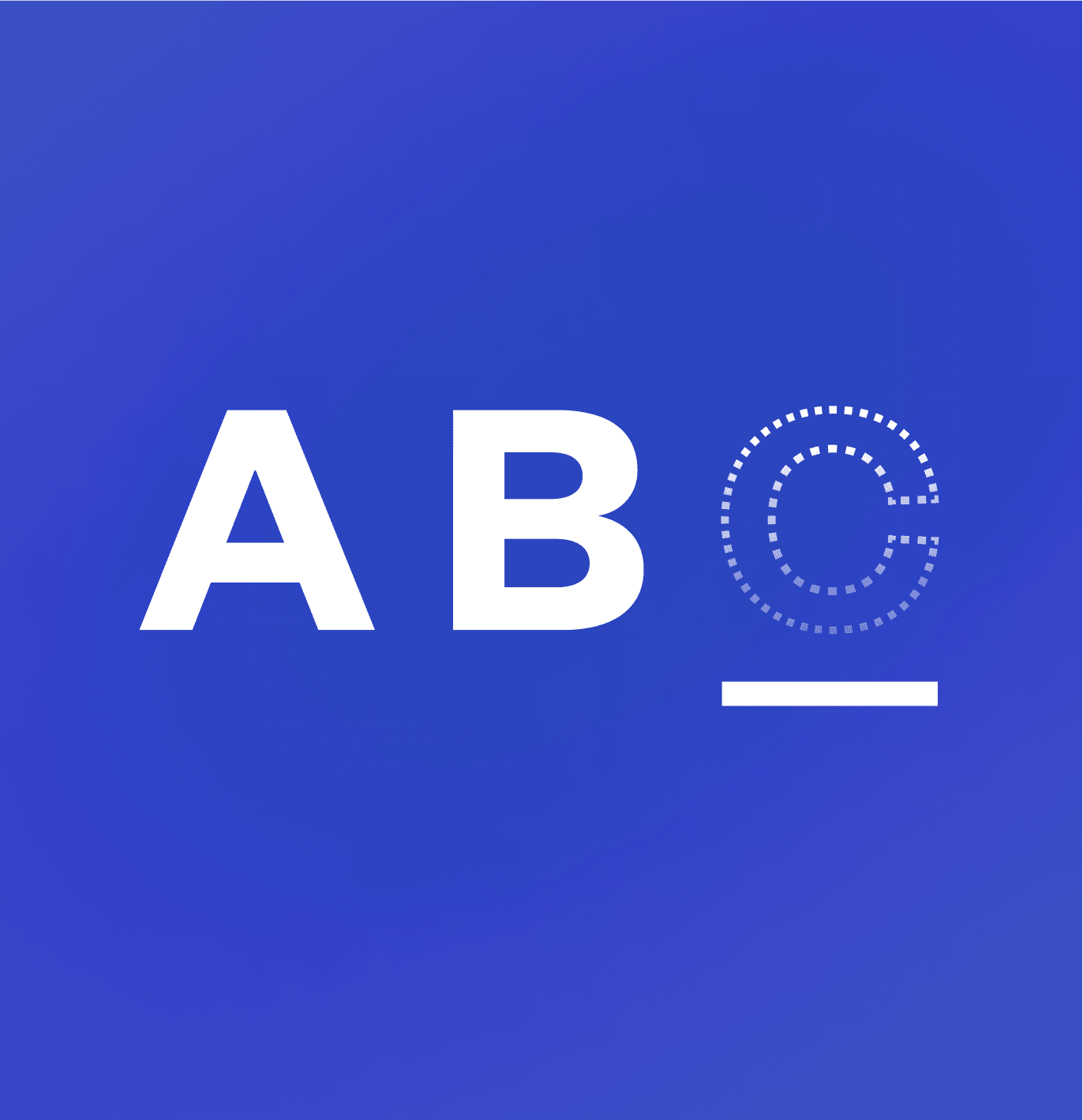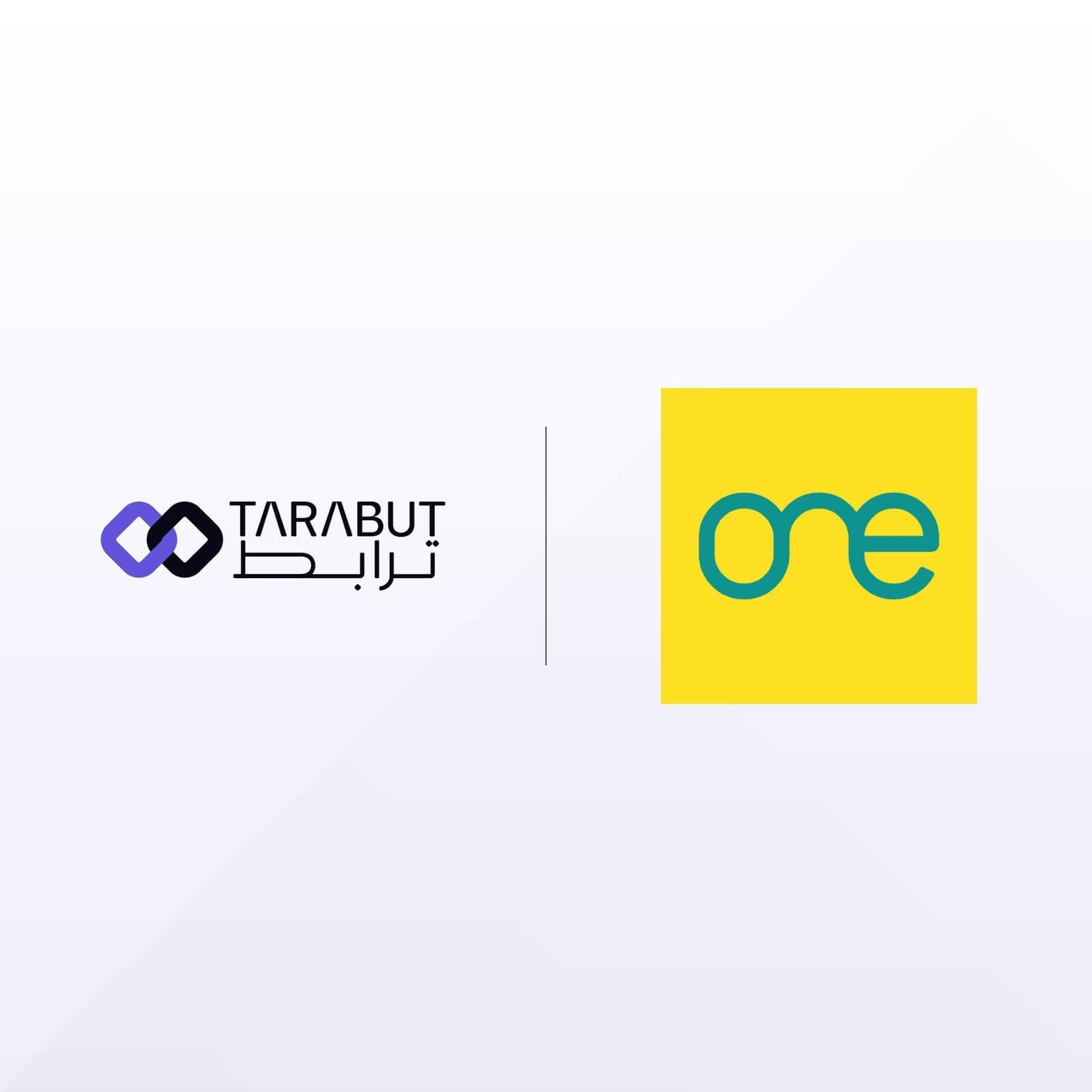5 May 2023 - As with many other industries, Open Banking has its own specific acronyms. This glossary had been created to help you understand the acronyms and terms used.
The open banking glossary you need
To make it easier for everyone in the industry, old and new alike, we’re dividing all the acronyms into three different buckets:
- Users & Providers
- Services & Technology
- The Regulatory Ecosystem
- Users & Providers
These businesses, companies, and customers use, or offer, fintech services linked to open banking.
ASPSPs and PASPs
Short for Account Servicing Payment Service Provider. ASPSPs are organisations that open and maintain payment accounts for customers. In other words, a bank. But there are other ASPSPs as well. Electronic money institutions (EMIs) that allow customers to open a mobile money account through which they can make payments are ASPSPs as well.
PASP is short for Payment Account Service Provider. A PASP is the same as an ASPSP in that it maintains payment accounts for customers. The only difference between the two is who uses them. In Saudi Arabia, PASP is the go-to term whereas in the UK, EU, and Bahrain, regulators and industry insiders have adopted ASPSP.
AISP
Short for Account Information Services Provider. AISPs are intermediaries that use open banking to enable sharing of customers’ transaction data (think of transactions that are initiated when you buy a product through a checking or savings account, for example) between the customers’ bank and other financial institutions and fintechs. And this data transfer takes place with the customers’ permission. They authorise it. The AISP connects the fintechs or FIs with the bank in real time, and they collect the required account transaction data instantly. But that’s it - AISPs cannot initiate payments and only access transactional information.
PISP
Short for Payment Initiation Services Provider. PISPs are the payment intermediary customers can use to pay a seller directly through their bank account or any other ASPSP. PISPs allow customers to initiate online payments without having to use a credit or debit card.
PSP
Short for Payment Service Provider. A PSP is a third-party company that provides the infrastructure for all types of online payment methods. In several places, to be a PSP, one needs a license. In KSA, for example, the Saudi Central Bank (SAMA) defines a PSP as ‘any entity licensed by SAMA to provide one or more payment services in the Kingdom.’ But what exactly does a PSP do?
Let’s say a customer wants to pay for a purchase on Amazon with their debit card. Between them entering the card details and receiving payment confirmation, several things happen at the back end. The PSP manages these processes, including the authentication of the card details and communicating with the issuing bank to confirm if the customer has enough money. All this happens within seconds, and the PSP is the magician behind the curtain.
It’s easy to confuse PSPs with PISPs. The latter uses open banking tools to deduct money from a customer’s bank account directly and pay the seller with the customer’s permission. A PSP can do that and/or enable payments through other methods and rails as well, such as debit and credit cards. This means, all PISPs are PSPs but not all PSPs are PISPs.
TPP
Short for Third-Party Provider is perhaps the most common out of all open banking-related terms. TPPs are primarily licensed organisations or people that use open banking APIs (we’ll get to that in the next section) to provide account information or payment initiation services. As we’ve learnt above, these are our AISPs and PISPs. We are a SAMA-licensed TPP providing AIS services in KSA and a CBB-licensed TPP providing AIS and PIS services in Bahrain!
TSP
Short for Technical Service Provider. TSPs are TPPs with a regulatory licence to build, manage, and provide open banking tools and services. They can use these tools to provide AIS and PIS services (we’ll cover these in a bit) themselves or power other AISPs and PISPs. TSPs are essentially open banking technology providers.
PSU
Short for Payment Service User. They’re the natural and/or legal person that make a purchase online and pay for it through a Payment Service Provider (PSP). They can either use a PSP that facilitates card payments or a PISP that uses open banking APIs to enable direct payments from the bank account. In short, a PSU is a customer of PSPs.
Services & Technology
The acronyms highlighted here are used to refer to different open banking tools, related processes, and services that use open banking.
OB
Short for Open Banking. In very simple terms, it’s a new way of banking where the customer owns and controls all of their financial information and data. And through secure open banking APIs, whomever the customer provides permission to, can access this data freely. Banks will have to share the data. This way of banking is highly regulated – who uses customer data and how they use it is clearly governed. We’ve unpacked what open banking is and how it works in a separate article.
API
Short for Application Programming Interface. APIs are communication protocols that connect two parties virtually to enable data transfers between them. APIs are the holy grail of OB. Built and provided by TSPs, APIs allow TPPs to connect with ASPSPs, such as a customer’s bank, to access their account information. And because you now know what these acronyms mean, you can understand what we are saying!
AIS
Short for Account Information Services. Remember AISPs? The services they provide are categorised under AIS. AIS allows for sharing and collection of account information and transaction data. They don’t enable payments.
PIS
Short for Payment Initiation Services. Recall PISPs? The services they provide come under the PIS umbrella. It’s simply a payments initiation – a way for PSUs to make payments directly from their bank account using an open banking API tool.
PFM
Short for Personal Finance Management. This is an umbrella term for fintech tools and services that give customers visibility into their transactions across all their bank accounts. People can use these applications to manage their finances, budget, save, and invest smarter. Open banking-enabled Account Information Services or AIS have reinvented PFM services – Here’s how they do it!
SCA
Short for Strong Customer Authentication. Data security is a key feature of open banking. Several regulatory standards, protocols, and practices make open banking technology safe. SCA is one of them. It’s an authentication system that uses a combination of two or more protection elements. There are three main types of elements.
Knowledge – something only the user knows. For example, a password.
Possession – something only the user has and can access. For example, a phone device or number.
Inherence – something that’s part of the user’s physical body. For example, their fingerprint or iris pattern.
In line with SCA, if one of these elements is compromised, the others remain intact. This authentication protocol is used in open banking whenever a TPP asks the customer for consent to access their account information and transaction data and/or initiate payments.
SSA
Short for Software Statement Assertion. These are items that TPPs need to provide banks as verification to be onboarded as a participant in the bank’s open banking ecosystem. As a verified participant, the TPP can then onboard and gain access to the bank’s APIs.
SDP
Short for Single Domestic Payment. This is an open banking use case for PISPs. It’s a one-time-only direct domestic bank-to-bank payment in the local currency authorised by the PSU.
VRPs
Short for Variable Recurring Payments. This is another PISP use case. As opposed to SDPs, VRPs allow PSUs to authorise a PISP to initiate recurring payments from their bank account. It’s more transparent and safer than a direct debit.
The Regulatory Ecosystem
Open banking is highly regulated worldwide. There are several regulatory frameworks and authorities governing the use of OB tools and services by different market participants. Naturally, there are several acronyms that we use to refer to these frameworks, directives, and authorities. Take a look:
OBF
Short for Open Banking Framework. This is the open banking regulatory framework applicable in Saudi Arabia.
BOBF
Short for Bahrain Open Banking Framework. Bahrain OBF governs the use of open banking technology in Bahrain.
PDPL
Short for Personal Data Protection Law. PDPL is the data law in Bahrain, applicable to any company that processes and uses the personal data of customers. How the data is collected, stored, and used is regulated under PDPL.
OBIE
Short for Open Banking Implementation Entity. OBIE is a regulatory organisation set up by the UK’s nine largest banks to oversee the implementation of the open-data standards outlined in PSD2.
PSD2
Short for Payment Services Directive 2. PSD2 is the second edition of the EU directive that regulates payment services and PSPs across the EU and EEA. PSD2 is the EU’s main open banking regulation.
CBB
Short for Central Bank of Bahrain. CBB is the regulator of all open banking activities in Bahrain.
DFSA
Short for Dubai Financial Services Authority. DFSA is the regulator of all open banking activities in Dubai.
SAMA
Short for Saudi Arabian Monetary Authority. SAMA is the Saudi Central Bank. It regulates all open banking activities in the Kingdom.
FSDP
Short for Financial Sector Development Programme. As part of the Saudi Vision 2030, FSDP aims to develop and diversify the Saudi financial sector. Open banking is essential to the success of the programme.
KYC
Perhaps our favourite acronym of all – used widely (and very generically) across multiple use cases. Short for Know-Your-Customer. KYC is a security protocol that verifies the ID of the customer. Any ASPSP must carry out a KYC as part of the anti-money laundering (AML) regulations before opening an account for a customer. KYC is also completed in other instances, including when initiating payment transfers.
Kickstart your open banking journey and start integrating with us!
Well, there you have it – a detailed understanding of the acronyms that hold up our industry. The next step is to sign up to our Developer Portal to access a wealth of tools, resources, and guides that will help you get started with your open banking journey.
Whether you’re an experienced developer or just starting out, our platform provides you with all you need to create and test impactful financial solutions that will set your business apart.

Relevant releases

Amazon Web Services and Tarabut Join ONE App to Enhance the Future of Digital Financial Solutions in Bahrain
ONE App, Bahrain’s first comprehensive digital financial marketplace, has announced the addition of Amazon Web Services and Tarabut to its list of key partners contributing to the development and enhancement of the user experience.
